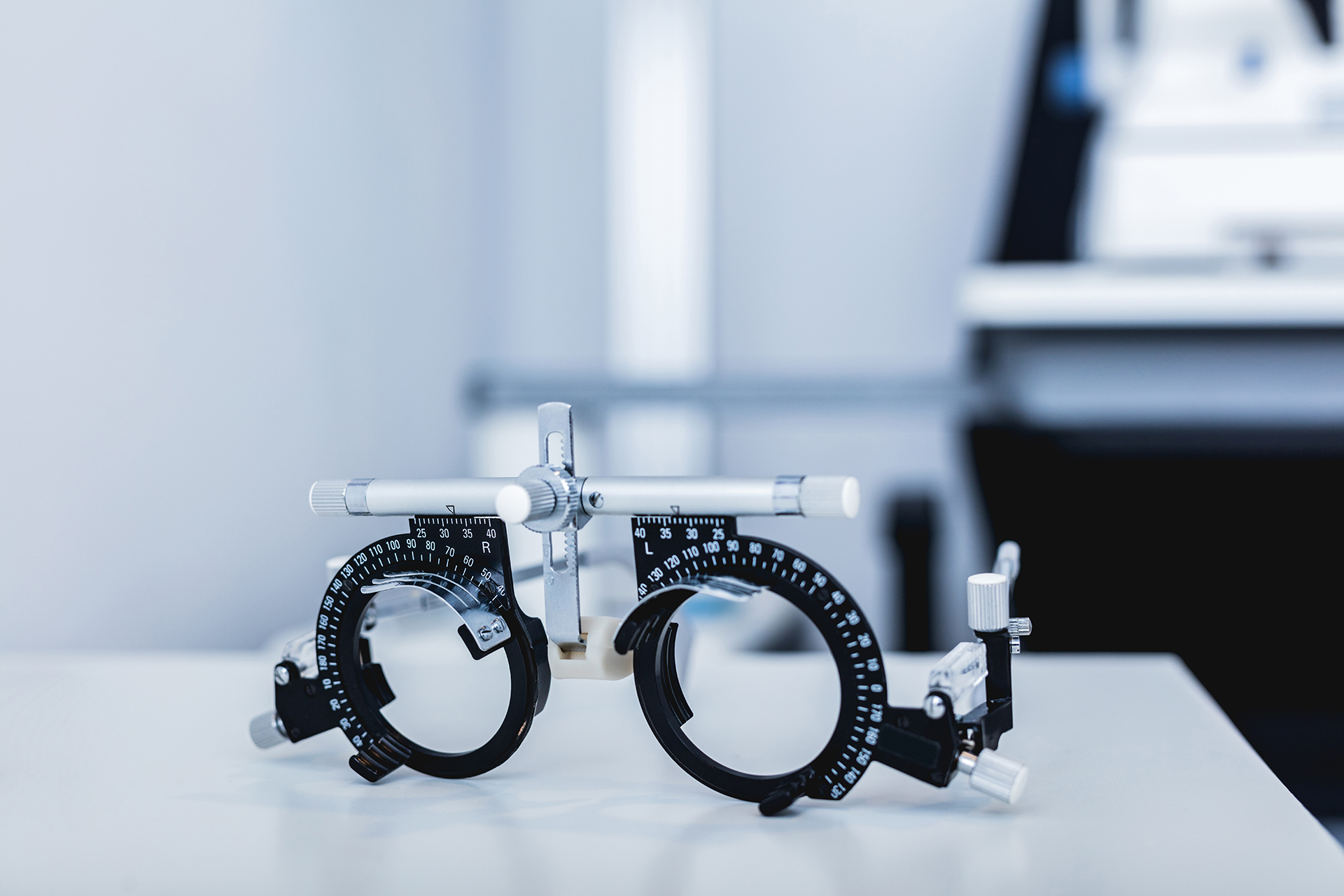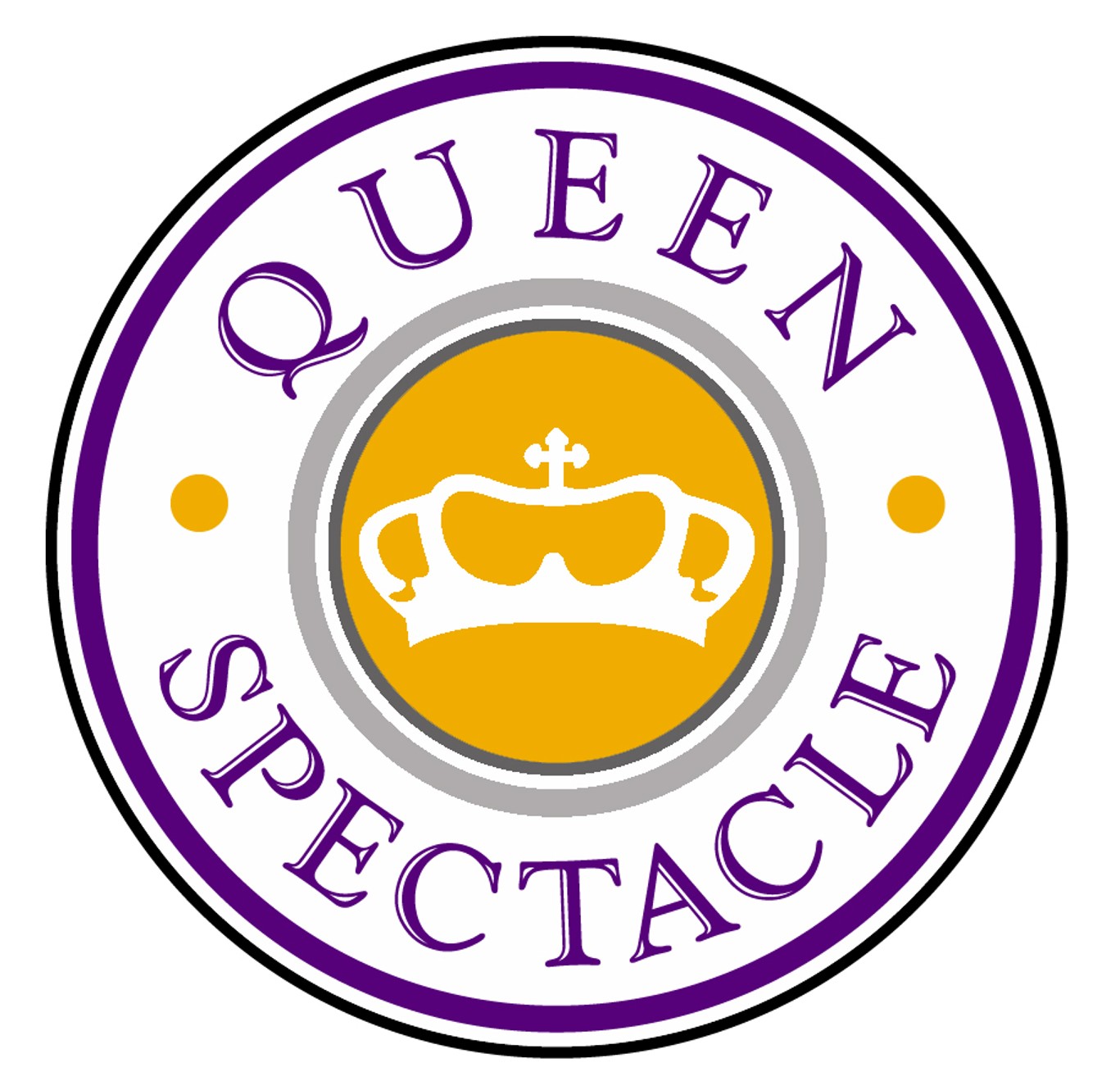
Did you know that the Canadian Association of Optometrists recommends that your child has their first eye exam at 6 months of age? Oftentimes when I tell parents this they seem surprised, why would a child need an eye exam at 6 months of age? However, this can be one of the most critical eye exams that a child can have.
It is a common misconception to assume that a child is born with perfect vision, when in reality vision continues to develop after birth. Yes, all those important structures should be there at birth, but the ability to see and all the complex processes that come with it develop after birth. Some of these processes are not fully developed until a child is in school. Development is an active process that requires interaction with our world. At 6 months of age we are checking that your child has all the basic visual necessities to allow for normal visual development.
So what happens in an eye check up for a 6 month old? And most importantly, the most common question I get, how can you check the vision of a 6 month old? Contrary to popular belief, your child does not have to be able to read symbols or letters off a chart to have their vision checked. Using different equipment, and mostly lights, we are able to check if your child has all the infrastructure in place to see clearly. We can check their prescription, their eye alignment, their muscle movements, and the health of the eye. And this might come as a surprise, but an eye exam on a 6 month old is generally a lot easier than that on a moving 1.5-2 year old. This is usually because they are fairly fascinated with lights at this age and will sit cooperatively for most testing. The eye exam in total can take about 15-30 minutes depending on the child.
When examining a child this young we are checking that there are no deficits that would impede development of normal vision. This would include things such as: a high prescription in one eye, an eye turn or misalignment, a cataract or retinal disease, or damage to the nerve at the back of the eye. Oftentimes these conditions go undetected until a regular eye exam is done. Children adapt to the vision they have, they can function with just one good eye, they can develop a subtle head turn or tilt to compensate for a misalignment, and they won’t feel any damage to the tissue inside of the eye as this tissue has no pain receptors. Early intervention can allow vision to fully develop in both eyes, while late intervention can mean poor vision in one or both eyes that requires patching, further treatment or therapy to rehabilitate.
The Canadian Association of Optometrists recommends that you children have an eye exam at 6 months, 3 years, just before starting school and then yearly. Eye examinations for children under the age of 20 years old are covered by OHIP once a year.
Dr. Marina Ceaus is an Optometrist practising in Streetsville. She provides comprehensive eye exams, pediatric and infant eye exams, and treatment of binocular vision disorders and concussions through vision rehabilitation. You can book an appointment with her through her website www.drceausoptometry.com.
